Chinese cuisine is renowned worldwide for its bold flavors, intricate balance of tastes, and aromatic complexity. At the heart of every dish lies a carefully curated selection of seasonings and spices that transform simple ingredients into culinary masterpieces. From the pungent kick of garlic to the sweet umami of oyster sauce, each component plays a vital role in achieving the harmony of xiān, xiāng, nèn (fresh, fragrant, tender) that defines Chinese cooking. This article explores the diverse array of seasonings used in Chinese kitchens, their cultural significance, and how they combine to create the symphony of flavors that captivates palates globally.
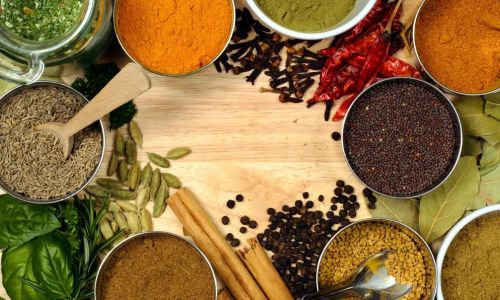
The Foundation: Basic Seasonings
-
Soy Sauce (Jiàng Yóu)
Soy sauce is the cornerstone of Chinese cooking, available in two primary varieties: light soy sauce (shēng chōu) and dark soy sauce (lǎo chōu). Light soy sauce, with its salty and savory profile, is used for seasoning dishes like stir-fries and soups. Dark soy sauce, thicker and richer in color, imparts a caramelized sweetness and is often employed to add depth to braised meats and marinades. -
Vinegar (Cù)
Chinese vinegar, typically made from rice, black beans, or fruit, adds a tangy brightness to dishes. Zhèjiāng cù (Zhenjiang vinegar), a black rice vinegar, is prized for its mellow acidity and is essential in sweet-and-sour dishes. Bái cù (white vinegar) is sharper and frequently used in pickling vegetables or cleaning seafood. -
Oyster Sauce (Yóu Mǐ)
A thick, brown sauce derived from oysters, oyster sauce lends a briny, umami-rich sweetness to stir-fries, noodles, and vegetables. It is a staple in Cantonese cuisine, enhancing dishes like beef chow fun and broccoli with garlic sauce. -
Sesame Oil (Má Yóu)
Toasted sesame oil, with its nutty aroma and golden hue, is used sparingly as a finishing touch. A few drops can elevate the flavor of cold dishes, dumplings, or soups. Its low smoke point makes it unsuitable for high-heat cooking. -
Salt and Sugar (Yán and Táng)
While seemingly simple, salt and sugar are critical for balancing flavors. Salt enhances savory notes, while sugar tempers bitterness and acidity. In dishes like twice-cooked pork, sugar caramelizes to create a glossy glaze.
Aromatic Spices and Herbs
-
Ginger (Shēng Jiāng)
Fresh ginger, with its spicy warmth, is indispensable for deodorizing meats and seafood. It forms the base of marinades, soups, and stir-fries. Dried ginger powder (gān jiāng) is used in spice blends for braised dishes. -
Garlic (Suàn)
Minced garlic imparts a pungent, earthy flavor when sautéed in oil. It is a key player in xiāng chǎo (aromatic stir-fries) and pairs beautifully with vegetables like bok choy or eggplant. -
Green Onions (Cōng)
Sliced green onions are scattered over dishes as a garnish, adding a mild onion freshness. The white bulb is often sautéed with ginger and garlic to create a flavorful base. -
Sichuan Peppercorns (Huā Jiāo)
These prickly berries deliver a numbing, citrusy sensation that defines Sichuan cuisine. Toasted and ground, they are combined with chili flakes to make málà (numbing-spicy) seasonings for dishes like málà xiāng guō (hotpot). -
Star Anise (Bā Jiǎo)
A star-shaped pod with licorice-like sweetness, star anise is a cornerstone of hóng shāo (red-braised) dishes. It infuses meats with aromatic depth and is often paired with cinnamon and cloves. -
Cinnamon (Ròu Guì)
Cassia cinnamon, a staple in Chinese five-spice powder, adds warmth to stews and braises. Its sweet, woody notes complement pork and duck.
Sauces and Pastes
-
Hoisin Sauce (Hǎi Xiān Jiàng)
A thick, sweet-salty sauce made from soybeans, sugar, and spices, hoisin sauce is the star of Peking duck and mu shu pork. It also serves as a dipping sauce for dumplings. -
Chili Bean Paste (Dòu Bàn Jiàng)
Fermented broad beans and chili peppers create this fiery, savory paste, central to Mapo tofu and Sichuan-style eggplant. The Pixian variety from Sichuan is prized for its complex flavor.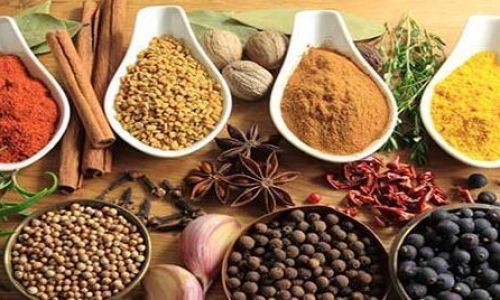
-
Black Bean Sauce (Dòu Chǐ Jiāng)
Fermented black beans (dòu chǐ) are mashed with garlic and chili to create a pungent, salty sauce ideal for steaming fish or marinating meats. -
Fermented Tofu (Fǔ Rǔ)
Stinky tofu (chòu dòufu) in its fermented brick form is used sparingly to add a pungent, cheesy richness to sauces and marinades. -
Shaoxing Wine (Huáng Jiǔ)
This rice wine, aged for several years, imparts a nutty sweetness to meats and seafood. It is used to deglaze pans, tenderize proteins, and flavor soups.
Specialty Seasonings
-
White Pepper (Bái Hú Jiāo)
Ground white pepper, milder than black pepper, adds a subtle heat to soups, congee, and seafood dishes. -
Five-Spice Powder (Wǔ Xiāng Fěn)
A blend of star anise, cloves, cinnamon, Sichuan pepper, and fennel seeds, this powder embodies the balance of wǔ wèi (five flavors). It seasons roasted meats and tofu. -
MSG (Wèi Jīng)
Monosodium glutamate, though controversial, is widely used to enhance umami. It is often labeled as ājī-no-mōto in Japanese cuisine but has roots in Chinese seasoning traditions. -
Sichuan Pepper Oil (Huā Jiāo Yóu)
Infused with toasted Sichuan peppercorns, this oil delivers a tingly heat to cold noodles, salads, and dips. -
Dried Chilies (Gān Là Jiāo)
Whole dried chilies, such as Tiantian or Chao Tian Jiao, are fried to release their smoky heat in dishes like Kung Pao chicken.
Regional Variations
China’s vast geography has spawned distinct regional seasoning styles:
- Sichuan: Relies on málà (numbing-spicy) flavors from Sichuan pepper and chili.
- Guangdong (Cantonese): Emphasizes freshness, using light soy sauce, oyster sauce, and minimal spice.
- Hunan: Known for its xiāng là (fragrant-spicy) chili pastes and pickled vegetables.
- Jiangsu: Utilizes sweetened vinegars and fermented ingredients in delicate braises.
Storing and Using Seasonings
- Storage: Spices should be kept in airtight containers away from light and heat. Fermented sauces like soy sauce should be refrigerated after opening.
- Layering Flavors: Chinese cooking often employs a three-step seasoning process: marinating (to tenderize), cooking (to build flavor), and finishing (to add complexity).
- Balancing Tastes: The principle of yīn yáng (harmony) guides seasoning—sweet balances salty, sour cuts through fat, and spice awakens the palate.
Common Mistakes to Avoid
- Over-salting: Soy sauce and salt should be added gradually, tasting as you go.
- Burning Garlic: High heat can turn garlic bitter; sauté over medium heat until golden.
- Under-toasting Spices: Whole spices like star anise should be toasted in a dry pan to release their oils before grinding.
- Overpowering with Vinegar: Add vinegar toward the end of cooking to preserve its brightness.
The Cultural Tapestry of Seasonings
Seasonings in Chinese cooking are not mere ingredients but cultural symbols. For example, the Lunar New Year feast includes nián gāo (glutinous rice cake) sweetened with sugar, symbolizing prosperity, while jiǎozi (dumplings) are stuffed with aromatic fillings to represent wealth. The act of sharing a meal seasoned with wǔ xiāng fěn (five-spice powder) reflects the Confucian ideal of harmony.
Modern Innovations
Contemporary Chinese chefs are experimenting with global ingredients while honoring tradition. Fusion dishes might pair Shaoxing wine with miso or incorporate Sichuan pepper into chocolate desserts. However, the essence of Chinese seasoning remains rooted in ancestral wisdom—the ability to coax maximum flavor from minimal components.
Conclusion
The art of Chinese cooking lies in the alchemy of seasonings, where each ingredient contributes to a greater whole. From the humble salt shaker to the fiery complexity of chili bean paste, these seasonings form a lexicon of taste that transcends borders. Whether you’re stir-frying vegetables in a wok or simmering a slow-braised masterpiece, understanding these seasonings unlocks the door to a world of culinary delight. So next time you step into a Chinese kitchen, remember: the magic is not just in the technique—it’s in the seasoning.
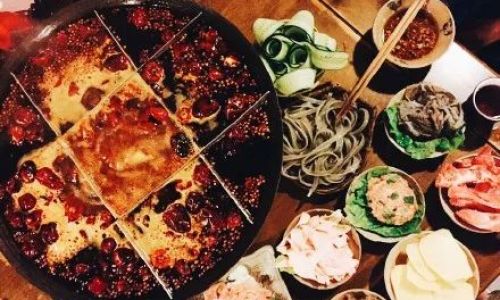
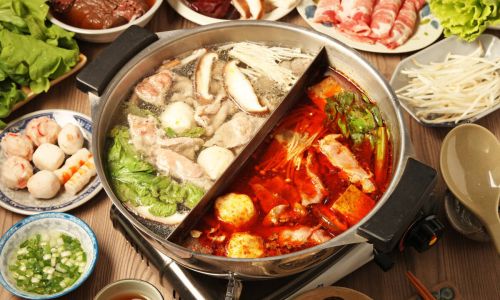
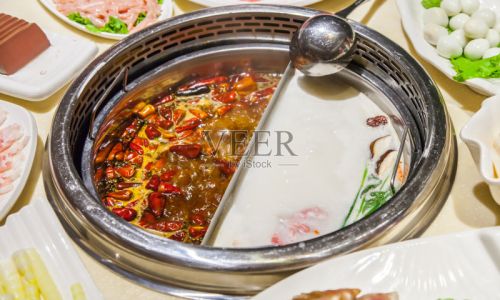
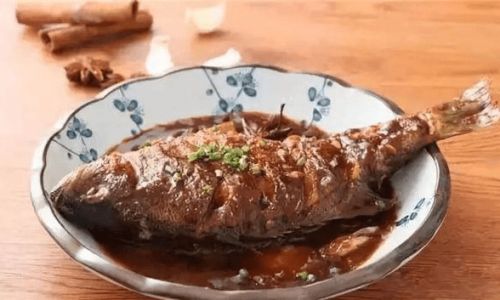

0 comments